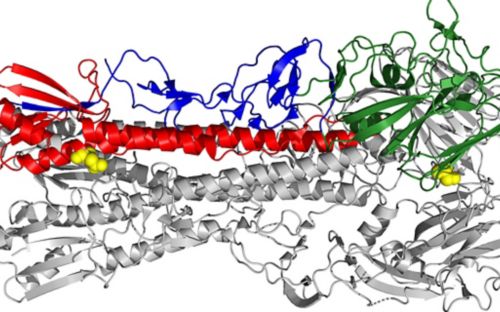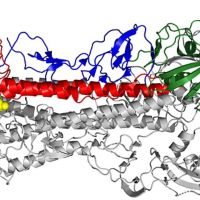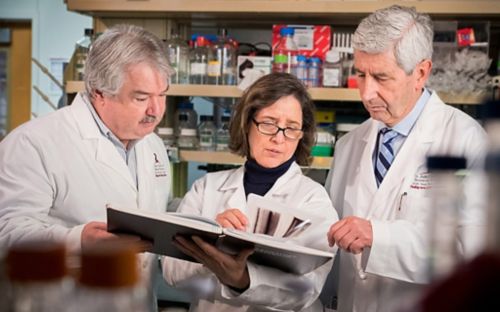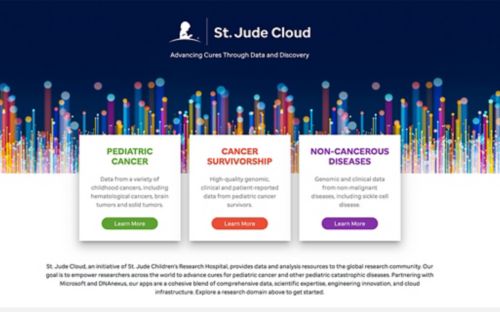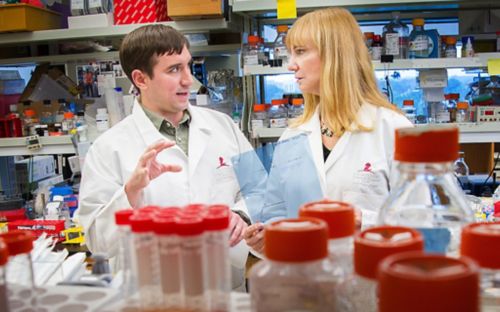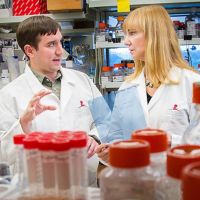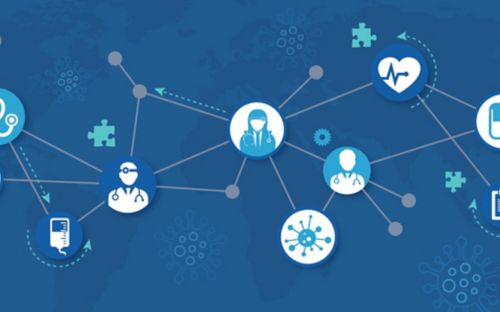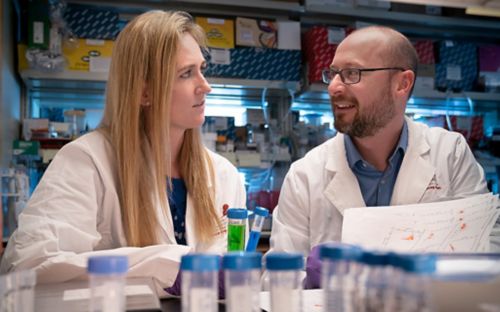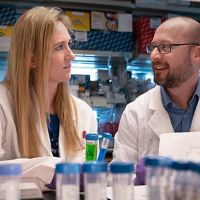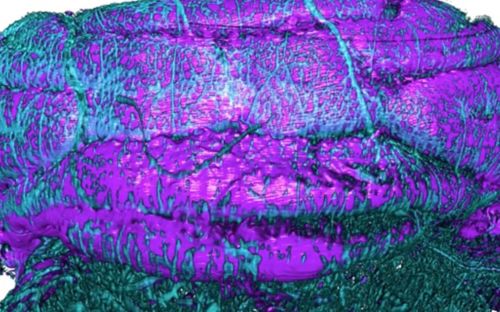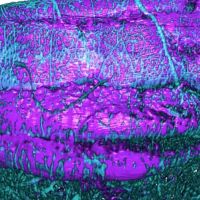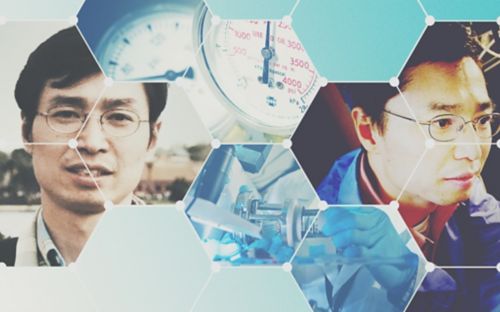St. Jude Family of Websites
Explore our cutting edge research, world-class patient care, career opportunities and more.
St. Jude Children's Research Hospital Home

- Fundraising
St. Jude Family of Websites
Explore our cutting edge research, world-class patient care, career opportunities and more.
St. Jude Children's Research Hospital Home

- Fundraising
Research
Learn about published research as well as leading-edge basic and translational research initiatives from St. Jude laboratories.
Searching for the next pandemic flu virus? There’s another factor to keep in mind.
Researchers find the stability of this protein is key to the pandemic potential of swine flu.
TP53: One important gene in rare cancers - an update
St. Jude clinicians and researchers seek answers to some of the rarest pediatric tumors and diseases, including adrenocortical tumors. Read more about their work uncovering the TP53 gene.
Cloud redesign offers enhanced user experience
Read how this redesign offers computational scientists an edge when it comes to genomics and other omics.
Collaborating on SARS-CoV-2 and pediatric cancer
This collaboration on infection prevention pivoted early in the SARS-CoV-2 pandemic and did this global pediatric cancer community.
A vaccine to prevent ear infections? Here’s the latest.
Almost everyone gets ear infections. This vaccine may change that.
A global resource to learn more about pediatric cancer patients and COVID-19
Little is known about childhood cancer patients who are diagnosed with COVID-19, but a new registry is the first step to finding out.
Researchers take the fight to drug resistance up an octave
Drug resistance is a major reason for treatment failure in children with leukemia, but recent research may have an answer.
Learning more about T cells through studying behavior in Type 1 diabetes
Learning more about how the body attacks itself in Type 1 diabetes offers insights into how to harness the power of T cells to treat cancer.
Discovery shows oxygen’s role in neuron development
Read how oxygen’s role neuron development is critical for brain health in infants.
Pushing the limits to find relationship between proteomics and Alzheimer’s
Read how a 20-year wait for technology shows key insights in brain proteins’ role in the development and progression of Alzheimer’s.
